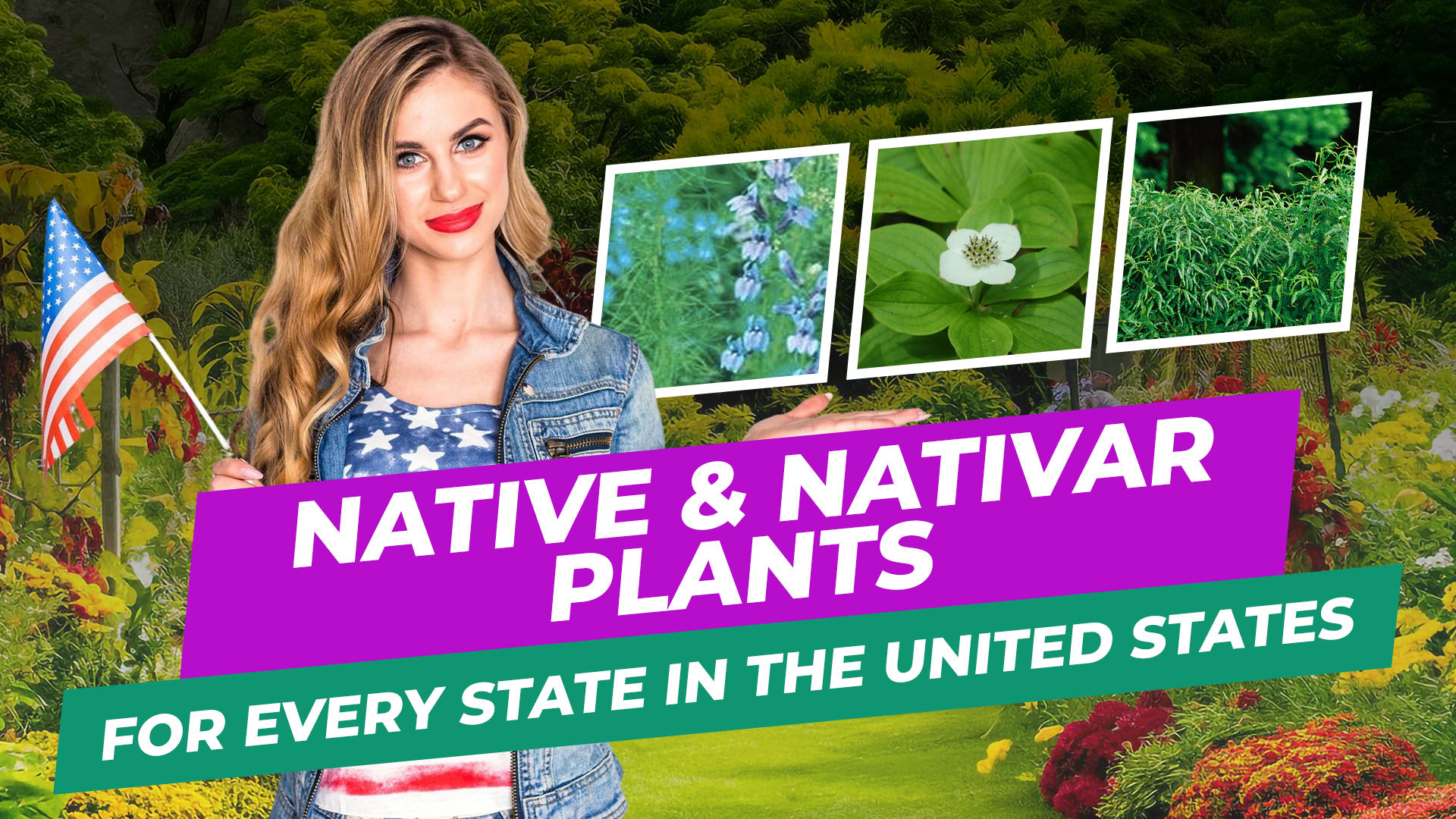Native & Nativar Plants
Benefits:
- Helps Wildlife
- Conserves Water
- Low Maintenance
- No Fertilizers, Pesticides or Herbicides Required
What Is a Native Plant?
Throughout this website and many other gardening resources, you'll see references to native plants. It’s fairly easy to decipher the meaning of native, but let’s delve into what native means in gardening and why it’s increasingly important to choose native plants, especially where saving water is a concern.
Although the concept should be simple, you might find conflicting information about whether a particular plant you like is considered native. So I’d like to first briefly define the term. A native plant grows naturally in a particular region or location. Easy enough, but you can move a plant to a region at some point in time, and wait for it to adapt. Once it does, it’s still no more native to the region.
For a plant to be native, humans have not intervened in its setting down roots. So a plant native to New Mexico has been there long before any gardener thought it might look great against a rock. And along the East coast, native plants were in place before the Europeans arrived on ships and began settling and farming. People also have not intervened or altered the plants; the plants have evolved to local conditions on their own over many plant generations. So the two main qualifiers are no people involvement and geography.
Why Aren’t All Plants Native?
Maybe to understand why you don’t walk down the sidewalk and see blocks of native plants, you have to grasp the concept and history of introduced and invasive plants. Introduced, or non-native, plants are brought by people to a location other than their native one. Not all non-native plants cause problems and become invasive, but they might be harder to grow, require more water, etc. And they can be introduced accidentally or brought intentionally.
An invasive plant, on the other hand, is a non-native brought to a new area that spreads and establishes itself rapidly and soon disrupts local ecosystems. An example in New Mexico is salt cedar. The salt cedar tree was introduced here and is sucking up water along streams and river banks, damaging important native trees such as cottonwoods. Most of the worst weeds we deal with in the Southwest first came here as ornamental plants.
Why Are Native Plants Important?
As opposed to invasive plants, native plants are balanced with and support local ecosystems. They don’t take all of the water that other plants and animals need to survive. They offer cover and food for animals and have adapted to typical climate and soil environments. If you think about it, a plant that survives at 9,000 feet and 120 miles from the nearest population center needs no help from people to make it through the cold winter or the hot summer. That plant should need little help from a gardener who lives nearby and in the same zone.
It’s important to preserve native plants and important to include them in garden plans. When you select plants native to your area, you support the birds and critters that also roam your neighborhood or nearby wilderness areas, use less water and make gardening easier on yourself. Your plants will stay healthier because they already know what to expect! Look for help selecting native plants from local master gardener groups, native plant societies, and coop extension services. We will also mark any plants as native whenever possible as well in each plant's description.
Native Plants By State Plants
Discover the beauty and benefits of Native & Nativar Plants—grown to thrive in your region while supporting local wildlife, pollinators, and ecosystems. Whether you're looking to create a low-maintenance landscape or add seasonal color with purpose, these plants are a smart, sustainable choice for every gardener.
Which Native Plants By State Plants Are Right for You?
Not sure where to start? Here’s a quick guide using our Native & Nativar Plants collection:
Full Sun: Go for Bluebeard, Veronica, or Prairie Dropseed—great picks for sunny spots.
Deer-Resistant: Try Yarrow or Little Bluestem—they’re tough and less tempting to deer.
Pollinator-Friendly: Anise Hyssop and Milkweed attract butterflies, bees, and more.
Cold Hardy (Zone 4+): Balloon Flowers, Coneflowers, and Catmint thrive even in northern gardens.
Keep in mind: Native plants are region-specific—what’s native to one area may not be native to another.em>
Native & Nativar Plants FAQs?





























































